Hello everyone! Welcome to what will be my last post in the protein series (for now). There are so many things about protein that I could write about but I think it's time to move on to a new topic for now. Hopefully, I can tie everything from parts 1, 2, and 3 together in this post so that you can see the big picture. If you're late tuning into this series you can catch up here:
Food Selection
The protein series, until now, has mostly been about protein powders. In this post, we will explore protein sources as a whole, including powders.
The protein book - Lyle McDonald
In the table above (same table as in Part 3), we see the absorption rates of several sources of protein. Let's go ahead and throw Tenderloin Pork Steak out for this conversation due to the likelihood of a large margin of error. So we can see that whey protein powder has the fastest absorption rate out of all of the of the protein sources listed. Does that make it the best? Well, not necessarily. Fastest doesn't necessarily mean best.
When would you want to have the fastest absorbing protein? Really, the only situation where you would need the fastest absorbing protein would be post-workout if you are training fasted (on a completely empty stomach). This typically represents a pretty small percentage of the population. Most people train in the afternoon and at night and out of the smaller percentage of people who train in the morning, some of those will eat before they train.
The protein book - Lyle McDonald
As I also mentioned in part 3, whey doesn't spike blood amino acid levels faster as much as it spikes them higher; whereas, casein, and other whole food sources, don't spike blood amino acid levels as high but they stay elevated longer. It's also worth noting that if any of these proteins were consumed in conjunction with carbs and fats, this would slow down protein absorption rates and we wouldn't be having this discussion anyway. I'd also like to point out that a combination of fast and slow digesting proteins is the better option.
Source: National Research Council. Recommended Dietary Allowances, 10th ed. National Academy Press, 1989.
I discussed digestibility in part 2 and provided you with the table shown above. As you'll notice, most of these have a very high percentage of digestibility so it doesn't make a huge difference in what protein source you choose from that standpoint. I personally recommend that most of your macronutrient intake be comprised of whole foods.
I already stated that a combination of fast and slow digesting proteins is better than either one by themselves and that when you consume carbs and fats along with fast digesting proteins, the absorption rate is slowed down anyway. So you may be thinking that all I've done is contradict myself over and over and you'd be right. That's because there isn't really a cut and dried answer. It really just comes down to preference and convenience. As I mentioned in part 1, protein powders are convenient for when you are at the gym or just in a rush. It is much easier to throw a shake in your gym bag and go versus taking chicken to the gym and having to keep it cold while you train and heat it up when you're done. You could also grab a shake on the way out the door to work.
There will be more posts to come in the protein series but this will be the last for now. I have some posts I want to get out that are more practical/useful for most of my audience so make sure to stay tuned! Set your social media account to notify you when I post so you won't miss what's coming down the pike.
I've provided amazon affiliate links below if you are interested in what protein powders I personally use.
Optimum Nutrition 100% Gold Standard Whey
Optimum Nutrition 100% Gold Standard Casein
As always, thanks for reading and don't forget to like, share, and comment on social media. God Bless!




